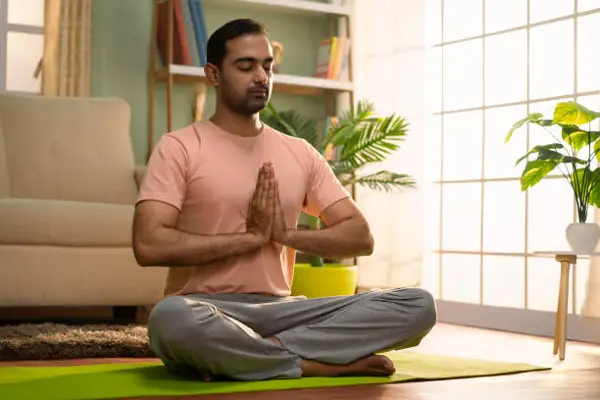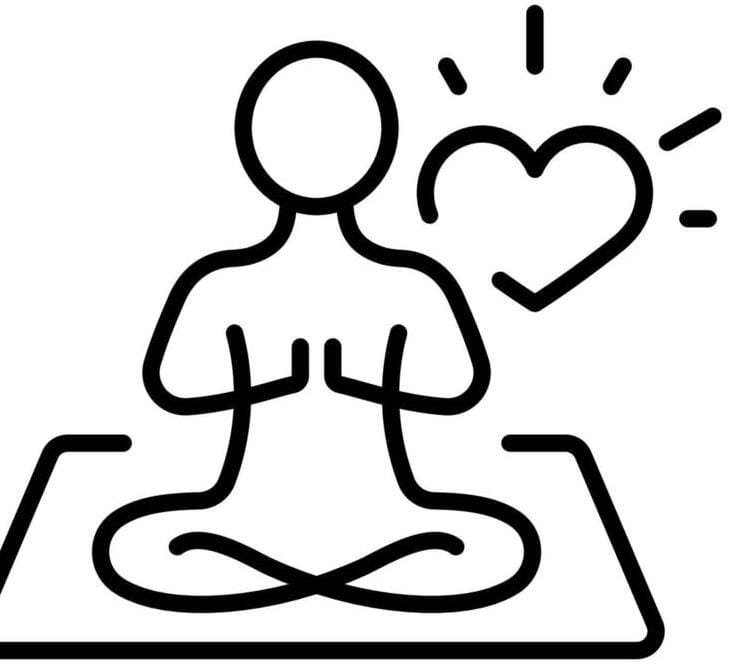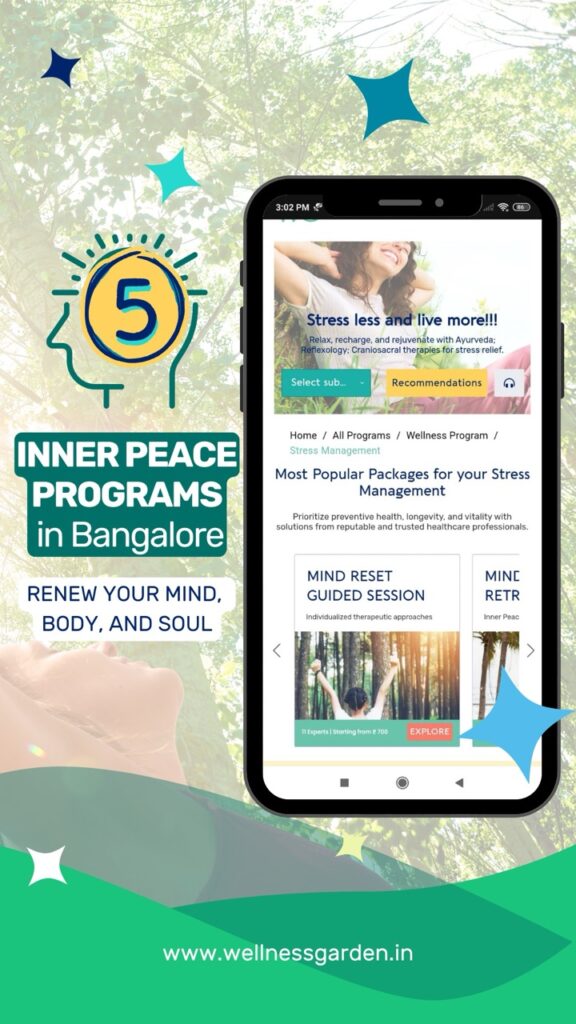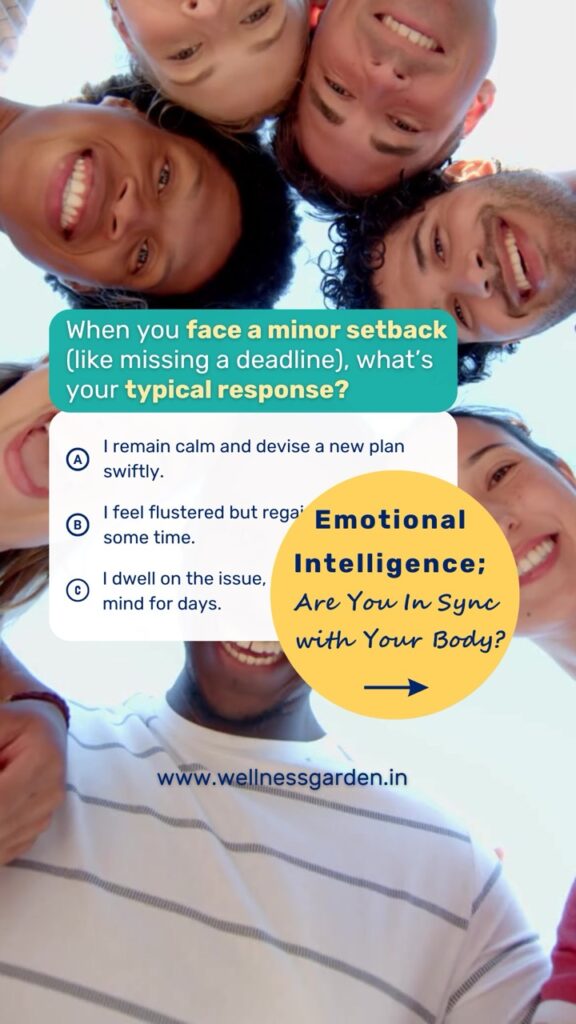Yoga or Meditation -Cultivating Calm Awareness
- Harmony
- 5 mins
- February 26, 2023
- I-AIM
- Mind care, Silent Retreat
If you want to live a more fulfilled life, first you should know your potential, and who you are! Meditation is the route to that knowledge. It is the methodology of the science of awareness. Yoga or Meditation, being one form of Antaranga yoga, is given more importance in today’s world.
We all have so much on our minds with work, school, bills, children, etc. Meditation simply focuses on one thing and pushes all other thoughts out of our minds. It clears our minds and makes our tasks much easier to perform with full concentration.

What is Meditation?
Meditation (or the meditative state) is the natural outcome of yoga and other spiritual techniques and the ultimate aim of these practices is to reach a state of complete conscious awareness, also known as bliss consciousness. This term is a complex one and even enlightened masters have not attempted to describe that state to us. Nevertheless, meditation, once practiced regularly, will manifest obvious benefits both on a purely physical level and on an intellectual, emotional, and spiritual level.
Why should we meditate?
Yoga or Meditation has long been considered an esoteric practice, far removed from the realities of the world. Nothing could be further from the truth. It is practiced to help ground us in the realities of the world. According to one of modern India’s most renowned yogis Sri Aurobindo, “Spirituality is not the flight of consciousness away from matter, but the flight of consciousness into matter”.
Effects of Meditation

- On Stressors
When we release mental bonds to everyday events, we also clear our subconscious. Stress greatly affects our mentality. We constantly have stress at the back of our minds whether we realize it or not. Yoga or Meditation is a way of clearing (and aligning) our conscious and subconscious, and as a result, our concentration improves, we are more focused, and we are relieved from stress making us happier individuals.
Unfortunately, this is only temporary for as long as we contain our ch’i, or energy (qi being another way of spelling it). Environmental stimuli affect our energy and while some people may be able to compose their happy-go-lucky mood for hours, others may only be able to maintain their ch’i until they step out of the room. Fortunately, just like every other ability we possess, we can improve our meditation results through practice. Also, there’s no overdose limit to yoga or meditation.
- On the Mind
Most importantly, yoga or meditation can be used to “dive” into our inner selves. Most people obtain this inner knowledge/consciousness/frequency by meditating on themselves; concentrating on nothing; and just being. This revitalizing oneness, in combination with full concentration (during and after meditating), opens up new windows of abilities and new insights of enlightenment, or instantaneous profound understanding, of self, others, or even the world. This kind of meditation is a good prerequisite for people who are involved in a lot of mental work and philosophers. Different meditations can have different effects.
Meditation is a technique for training your mind to concentrate and refocus. Relaxation and mindfulness can be achieved through meditation.
Types of Meditation
There are many different ways in which people choose to meditate of which the most popular types are listed below:
- Mindfulness meditation – This practice combines concentration with awareness and can be easily practiced alone.
- Spiritual meditation – Beneficial for those who thrive in silence and seek spiritual growth, this type of meditation can be practiced at home.
- Focused meditation – This type of meditation involves concentration using any of the five senses. It is ideal for anyone who requires additional focus in life.
- Movement meditation – An active form of meditation where movement guides you. It is good for people who find peace in action and prefer to let their minds wander.
- Mantra meditation – This type of meditation is for people who find it easier to focus on a word than on their breath. These people prefer repetition over silence.
- Transcendental meditation – This meditation is more customizable than mantra meditation as here the mantra or series of words is specific to each practitioner.
- Progressive relaxation – It is also known as body scan meditation and is aimed at reducing tension in the body and promoting relaxation. It can be used to relieve stress and unwind before bedtime.
- Loving-kindness meditation – This form of meditation is used to strengthen feelings of compassion, kindness, and acceptance towards self and others. It may be ideal for those holding feelings of anger or resentment.
- Visualization meditation – This technique focuses on enhancing feelings of relaxation, peace, and calmness. It is intended to increase focus and motivation.
The benefits of Yoga or Meditation
The improved health that one inevitably notices upon sticking to a regular meditation practice is something one cannot ignore. Whether you start as a healthy meditator or come to it for health reasons, you will notice enhanced physical well-being right from the beginning. Lustrous skin and sparkling eyes will be the first to appear, simultaneously embedding other permanent changes within the body.
Meditation makes it possible for cells to receive fresh oxygenated blood consciously and anything done consciously is bound to have profoundly positive effects. The regular and sustained practice of meditation makes one more efficient, proactive, confident, and energetic. It boosts concentration and willpower, making achievements in a chosen field more easily possible. Overall, it makes for success, at whatever level one perceives and desires it.
Some of the obvious benefits of practicing meditation include:
- Decrease in the rate of respiration
- Improved blood circulation and relaxed heart rate
- Lowered blood pressure in cases of hypertension
- Reduced muscular aches and pains
- Increased rate of healing in convalescing patients
- Reduced stress and reduced reactivity when confronted with stressful situations, at the mental, emotional, and physical level.
- It has also become a beacon of hope for the terminally ill and those with diseases that could potentially hinder their normal functioning on a day-to-day basis.
Meditation is a sure-fire way (if done correctly) to increase concentration and decrease stress. We become less bothered by minor problems. Meditation is an exercise; working out your brain is crucial to avoid diseases and promote health (not only for the brain). The scientific community as well has grown to accept it as a valid way (that is scientifically verifiable) to improve health and well-being. Yogis claims that it can go so far deep into the system of the practitioner as to even alter the genetic make-up of the individual.
Changes taking place in the brain while practicing meditation
There is scientific evidence to prove that meditation has physiological implications that originate in the brain and translate into healing, relaxation, and overall wellness. One of the first things that the practice of meditation (Yogis always differentiate between practicing meditation and being in meditation – the latter takes a lot of practice!) does is, that it creates alpha waves in the brain, which means we are inducing a state of dream-like relaxation, consciously.
Meditating increases the frequency of our brain waves. It’s this frequency that is suggested to produce the trance-like state of meditation and the calmness associated after. The concentration during meditation stimulates our frontal and temporal lobes, followed by the amygdala, a region in the brain responsible for triggering the flight or fight response, thus creating a surge of biological reactions in the body, which, according to one study, is more robust in its response to stressful situations in people who meditate regularly. This means there is less reactivity to stressful situations, therefore, leading to better health.
This study also attempted to find neural evidence of how mindfulness meditation, for example, changes the structure of the brain. (read more… ‘The Neuroscience behind Mindfulness’)
The neuroscience behind mindfulness
Mindfulness meditation, a technique taught in Buddhist traditions to remain in the present by observing sensations and thoughts as they arise, is known to lessen the amygdala’s hyper-startle response and activate the ventrolateral prefrontal cortex. This means delayed or significantly lessened activity in the amygdala when confronted with stressful situations, and more versatile activity in the prefrontal cortex, so more creative ways of dealing with stress.
Scientific research has also found that the left frontal region of the brain (the part responsible for lowered states of anxiety and positive feelings) of meditators, has 50 percent more electrical activity. Meditation gives such an overall feeling of well-being that its impact on enhanced immune functioning must be emphasized.
All that said, not all scientists agree that there is conclusive and hard-core scientific evidence to prove that meditation works to improve brain functioning and health. They do agree, however, that meditation does work. Meditation techniques are a dime a dozen. Some are very commonly practiced (amongst those who take to meditation) and still others are relatively under-utilized.
Things to keep in mind before practicing meditation
Any meditation practice is always best taught by an experienced meditation teacher. There are also instances where meditation is not meant to be practiced such as in cases of clinically diagnosed depression, for example (unless under the expert guidance of an enlightened master). It is worthwhile doing a bit of homework and finding a good teacher before delving into these practices.
Meditation and Spirituality
Gautama Buddha achieved complete enlightenment while meditating under a Peepal tree. In Christianity and Judaism, followers meditate using prayer and other specific meditations. Hinduism practices yoga as a form of meditation. Taoists preach of “stillness in movement” as the physical act of meditating, and “movement in stillness” as the control of one’s energy.
Many religions practice meditation for its benefits, but not being religious does not exclude you from meditating. There is no need to believe in a higher power to believe in the power of meditation; numerous scientific studies have recognized the benefits of meditation.
Achieving a state of inner harmony using various meditative techniques
Making meditation a part of your daily health and fitness regime is a proven method to experience expansive wellness. How does meditation impact health? This question has merited attention from the scientific community, and what the Yogis of ancient India have been saying for centuries is now accepted as scientific fact. Meditation is more than just an aid to enjoying well-being. While it is certain to bring about a state of inner harmony – both physical and mental – meditation is a state of being, a way of life. That said, to be in meditation is different from practicing meditation and this article aims to explore the benefits of a regular practice of meditation.
The term meditation, simply put, refers to a group of techniques that help manage thoughts, thinking patterns, emotions, and consequently, the mind and body’s reaction to stressful situations. These methods are characterized by how they are practiced and applied, and most of them, if not all, have common elements among them. Take mindfulness for example or breath awareness. These two are commonly practiced as meditation, especially in the Buddhist tradition. (read more… ‘The Art of Mindfulness and Breath awareness’)
The Art of mindfulness and breath awareness
Mindfulness meditation takes the practitioner through a journey of awareness: awareness of thoughts as they arise, awareness of breath to emotions as they arise, and awareness of bodily sensations as they arise, take it a step further and you will even be practicing awareness as you walk, eat, clean or cook.
Meditations that focus on breath awareness will have you watching your breath and using that awareness to traverse the bridge between body and mind, thereby exploring the connection between the two. In either case, the idea is to slow the mind down, increase the space between two thoughts and ultimately slip into that space to experience meditation. Along the way, however, your health gets a major boost and your intellectual and cognitive functioning is significantly upgraded. Life will be experienced at a whole new level; time will expand and you will start to feel like there are more than 24 hours in a day. The most amazing thing is you will find yourself happy for no reason.
If you’re interested in practicing the aforementioned meditation under our guidance, feel free to get in touch with us for personalized meditation sessions and more.
A Word From WG
Wellness Garden is your committed partner in seeking comprehensive natural and holistic therapies to address all your pain and wellness requirements. Our approach encompasses the entirety of your body, mind, and environment, integrating body, mind, and nutrition therapy and various other techniques.
Whether you’re facing physical or mental health concerns, life hurdles, or simply aiming to enhance your overall well-being, we’re here to provide the support you need. Get in touch with us to explore the possibilities and embark on your journey towards holistic therapy and improved health.
- Table of Contents
- • Introduction
- • How it works
- • The Effects
- • Classification
- • A Word From WG
Recent Posts
Join Our Newsletter
End note from WG Team
Disclaimer: This information is provided for educational purposes and should not be construed as medical advice. Please consult with healthcare practitioners before undertaking any changes in wellness routines or adding new therapies.
Latest Blogs
Check out some of your blogs related to your interest.

- August 15, 2025
- Dr. Prerna Kohli
- 3 Mins

- August 3, 2025
- Dr. Poosha Darbha
- 3 Mins

- July 14, 2025
- AHA
- 2 Mins





